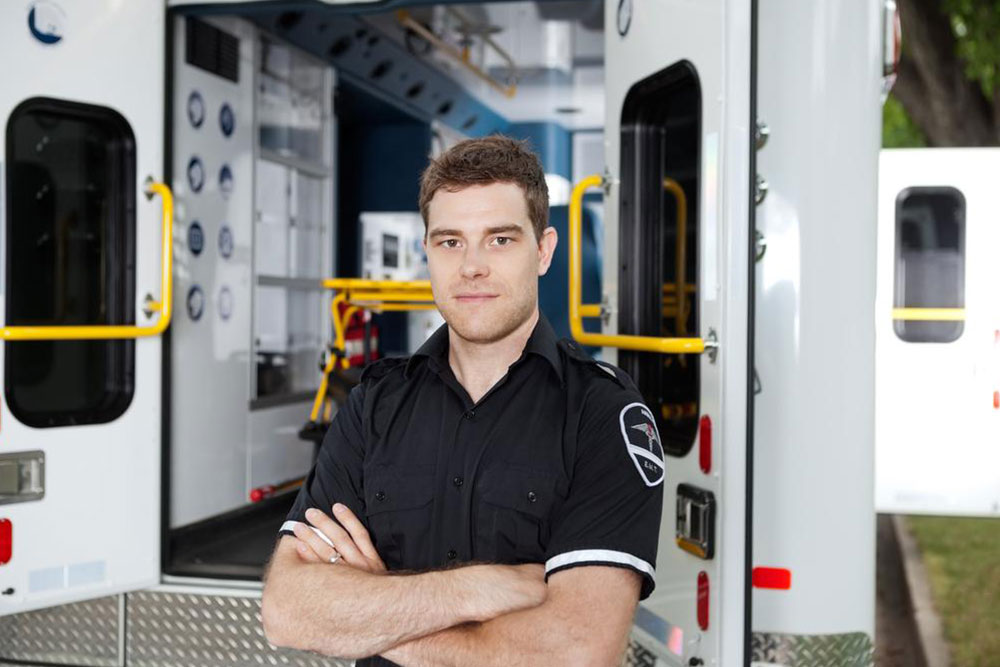Comprehensive Guide to Acquiring Your Motorcycle Permit: Tips and Strategies for Success
Embark on your motorcycle riding journey with confidence by mastering the permit exam. This comprehensive guide offers essential tips on exam structure, preparation resources, practice strategies, and retake policies. Learn how to study effectively, utilize available resources, and approach the test day calmly and prepared. Whether you're a first-time rider or renewing your permit, understanding these insights can significantly improve your chances of success. Prepare thoroughly and take the road to becoming a responsible motorcycle rider with ease and confidence.

Your Ultimate Roadmap to Passing the Motorcycle Permit Test
Embarking on your journey to become a motorcycle rider begins with obtaining the proper permit. Securing a motorcycle permit is a critical step, allowing new riders to practice riding under supervision and paving the way to full licensing. The permit test is designed to evaluate your knowledge of essential safety practices, traffic laws, road signs, and riding techniques. Achieving success requires dedicated preparation since each U.S. state has unique requirements, testing formats, and procedures. Understanding these nuances can significantly improve your chances of passing on the first attempt.
Understanding the Test Structure
The motorcycle permit exam is typically comprised of multiple-choice questions that assess your comprehension of key riding principles. These may include recognition of various traffic signals, understanding of right-of-way rules, safety gear requirements, and safe riding practices. Some states incorporate a practical component, but most rely on written testing to evaluate theoretical knowledge. To excel, prospective riders should leverage various study resources, including official manuals, online practice tests, and mobile apps designed to simulate the examination experience. These tools serve to familiarize you with question formats, reduce test anxiety, and bolster your confidence.
Scoring Criteria and Passing Standards
Each state sets its own minimum passing score, generally requiring a certain percentage of correct answers. For instance, most states mandate an 80% accuracy rate, meaning you must correctly answer at least 16 out of 20 questions. It’s essential to consult your local DMV or transportation authority for specific scoring thresholds. Understanding your state’s criteria will help you set tangible goals for your study sessions and practice tests. Keep in mind that some states might have different passing standards for various age groups or license types.
Effective Preparation Strategies and Resources
Effective preparation involves a combination of reading official manuals, engaging with interactive practice tests, and examining real-world scenarios related to motorcycle safety. Numerous online platforms offer free or paid practice questions and quizzes aligned with your state’s test content. It’s advisable to study comprehensively, covering topics like traffic laws, road signage, safe riding techniques, and legal requirements. Many learners find success by forming study groups or attending prep courses offered by local motorcycle safety schools. These resources not only enhance your understanding but also provide valuable tips on test-taking strategies and safety awareness.
Practice Tips for Exam Day
Consistent practice is key to passing the permit exam. Utilize online mock tests that simulate the real testing environment, timed to help improve your speed and accuracy. During practice sessions, focus on understanding every question and avoiding guesswork. Pay attention to questions you find challenging and review the relevant sections of your study materials. Time management is crucial; allocate enough time to each question and don’t rush through the exam. Additionally, stay calm and confident; a positive attitude can greatly impact your performance.
Study Materials and Reference Guides
To prepare thoroughly, use official motorcycle safety manuals provided by your state DMV or transportation agency. These guides cover all test topics comprehensively, including safety tips, legal requirements, road signs, and riding etiquette. Supplement your reading with online quizzes and flashcards that reinforce your knowledge. Some states also recommend attending in-person or virtual safety courses, which often include written and practical elements. Combining these resources ensures a holistic understanding and boosts your confidence for test day.
Test Locations and Administrative Procedures
Most states administer motorcycle permit tests at authorized DMV offices, testing centers, or through approved online platforms. Before heading to the testing site, verify your appointment, required documents, and any testing fees. Typical documentation for the test includes proof of identity, residency, and in some cases, evidence of completion of a safety course. It’s advisable to arrive early and prepared with all necessary paperwork to avoid delays. Some states provide the convenience of scheduling tests online, reducing waiting times and streamlining the process.
Fees, Scheduling, and Test Timing
Test fees vary depending on your state, generally ranging from $10 to $50. Check your local DMV’s website for detailed fee structures and accepted payment methods. The duration of the permit exam is usually short, often lasting 15-30 minutes. Managing your time during the test is important; read each question carefully and double-check your answers before submitting. Many testing centers offer flexible scheduling options, allowing you to choose a time that fits your preparation timeline. Planning ahead and understanding the testing hours can help you avoid last-minute stress.
Retake Policies and Tips for Subsequent Attempts
If you do not pass the permit test on your first try, don’t be discouraged. Most states allow multiple retakes, often with a mandatory waiting period—ranging from one day to several weeks—before the next attempt. Use this time effectively by reviewing your weaker areas, practicing more questions, and perhaps attending additional safety courses. Many successful riders cite perseverance as part of their journey to licensure. Remember, each attempt brings you closer to your goal, and continuous practice improves your knowledge and confidence, increasing your chances of passing on the next try.




